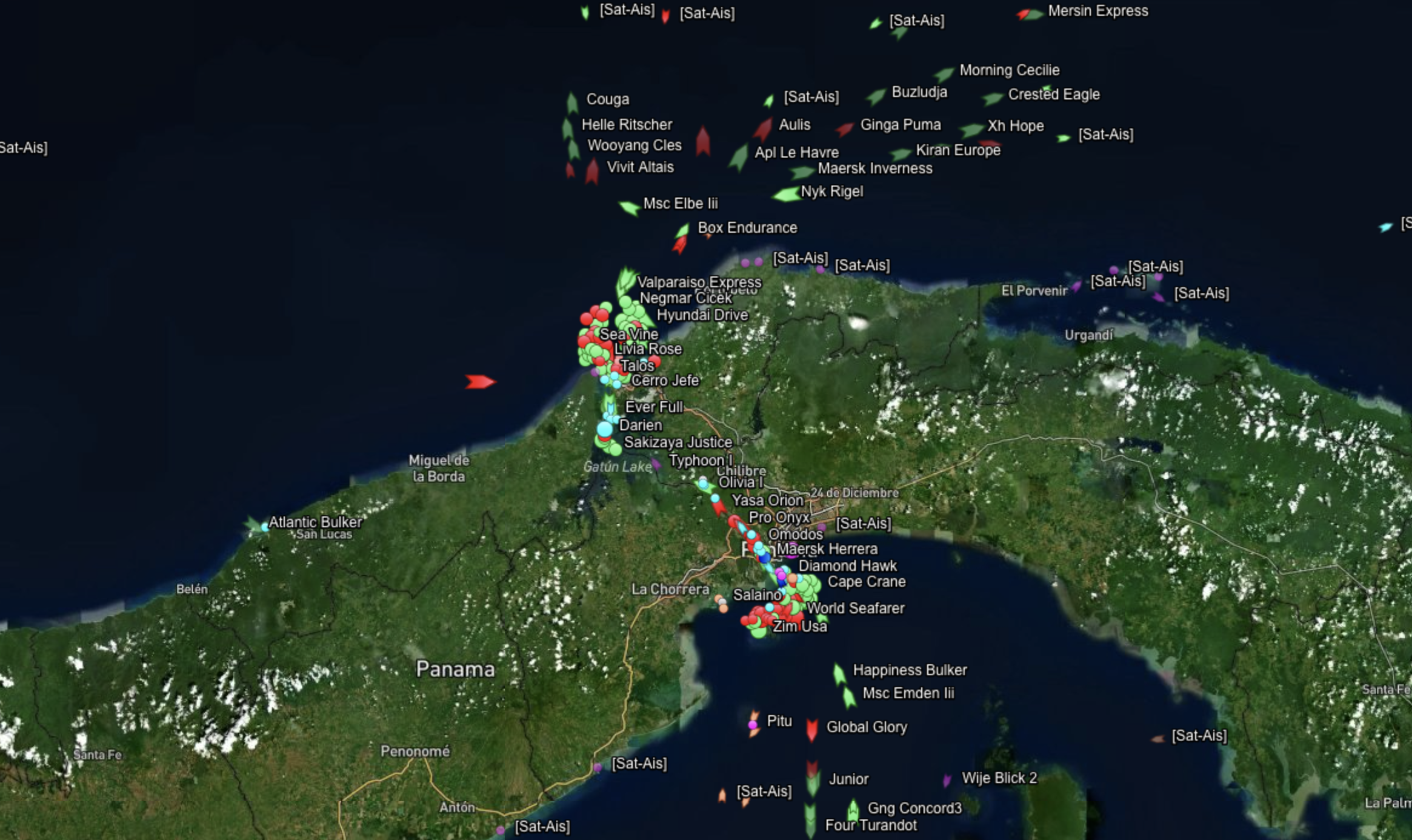When Global Warming Hits Close to Home: A look into Its Economic Impacts
When you're sipping a drink by the beach, the last thing you expect is to be urgently evacuated. But that was our reality this summer in Rhodes. Our family's holiday was abruptly cut short, not because of some security threat or health scare, but due to the alarming realities of global warming. It was an eye-opener to witness how it directly impacted the lives of the locals.
However, as we transition from personal experiences to the global economic stage we see the US Federal Reserve seems to see inflation as something that's moderating, heading in a positive direction. And, if the US Jobs reports are any indication, the labour market, especially in the tech sector, appears to be contracting. Prices may be on a downtrend, yet, the US is standing robust with its service-based economy. For now at least, it doesn't seem like the looming cloud of recession is about to unleash a downpour. And while there's no denying the adverse effects of rising interest rates on certain sectors, on the surface, the statistics inspire confidence. Rick Reader, CIO from Blackrock Capital, shared similar insights on Bloomberg recently. It all sounds like business as usual. But is it?
None of this factors in the repercussion of global warming. For example the latest news on the Panama Canal. The water levels in this essential conduit of global commerce fell to an unprecedented low in July. Gatun Lake, the primary freshwater source for the canal’s locks allowing ships to move between the Pacific and Atlantic oceans, has been hard hit by a severe drought. With meteorologists predicting that the drought may continue into 2024, alarm bells are ringing not only for environmentalists but also for economists and supply chain professionals.
Now, why is this significant? The aftermath of 2021 had just started showing signs of easing supply chain disruptions. But with the dwindling water levels in the canal, we are staring at another massive ripple in global trade. If things don’t improve, businesses might see spiking shipping costs and may scramble to discover alternate routes connecting Asia and America.
Many experts opine that the US Federal Reserve should factor in these changes in the Panama Canal when determining the course of interest rates and inflation. Overlooking this might border on negligence, as some commentators put it. This singular consequence of global warming implies a seismic shift for any business relying on the Panama Canal. They could face escalating shipping rates, delayed market times, and even the conundrum of containers being partially unloaded with no straightforward strategy to gather split shipments.
Beyond our personal inconvenience of a shortened holiday, this is a wake-up call. It's imperative to understand the economic reverberations of global warming. Businesses need to re-evaluate their products, cost structures, sales strategies, and target demographics as they plan for the future. Likely, we are looking at extended periods of high-interest rates, stubbornly high inflation levels, increased product costs, and intensified pressure on profit margins and cash flows. For entrepreneurs, this isn’t pessimism, it's realism. It's a clarion call to be proactive, to remodel business strategies, engage in scenario planning, and address the pressing issues head-on. If SME owners are banking on someone else to rectify these complications, it’s a mirage. The responsibility is ours to bear.
On a personal note, I'd like to end by expressing my heartfelt gratitude to the people of Rhodes. Amidst the environmental chaos, their unparalleled kindness and hospitality shone through. I'm left wondering if I could ever match their magnanimity if roles were reversed. It serves as a reminder that while we grapple with global challenges, the human spirit remains resilient and compassionate.


